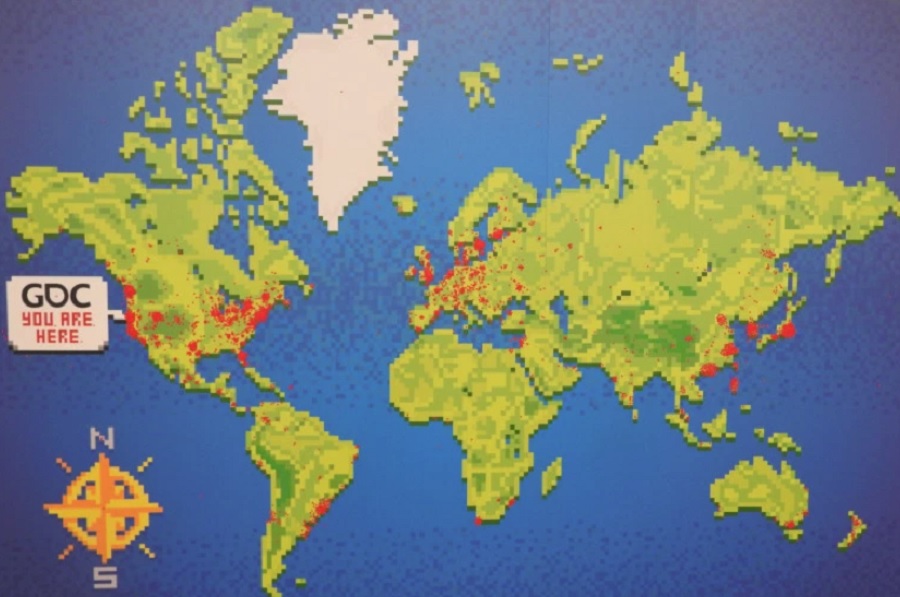The recent Game Developers Conference had a diverse collection of attendees and speakers from all over the world. Some of them had trouble making it into San Francisco, thanks to heavier border screening. But a map of where people came from (above) showed that game development has spread all over the world.
At GDC, GamesBeat held a breakfast panel about the growth of emerging markets for games and how much progress the $116 billion industry has made. Once upon a time, all you needed for this growth to happen was stores and electricity. But now games are connected, and it takes broadband connectivity and a number of other factors for games and game studios to thrive.

Unlock premium content and VIP community perks with GB M A X!
Join now to enjoy our free and premium membership perks.
![]()

![]()